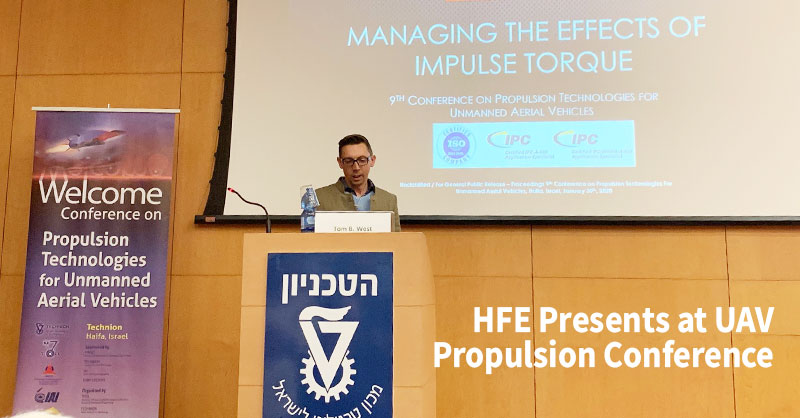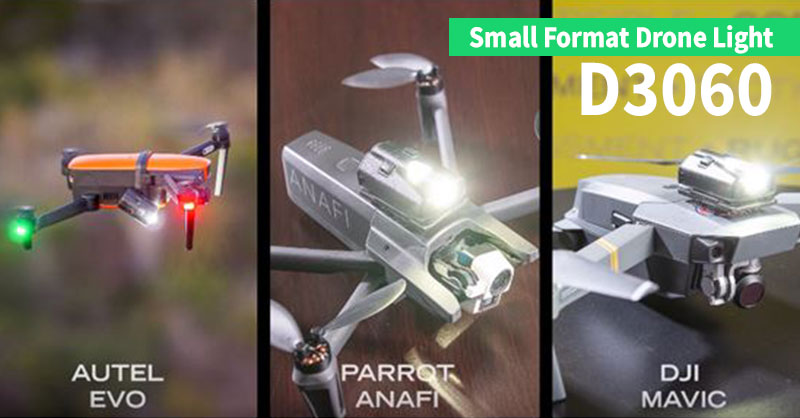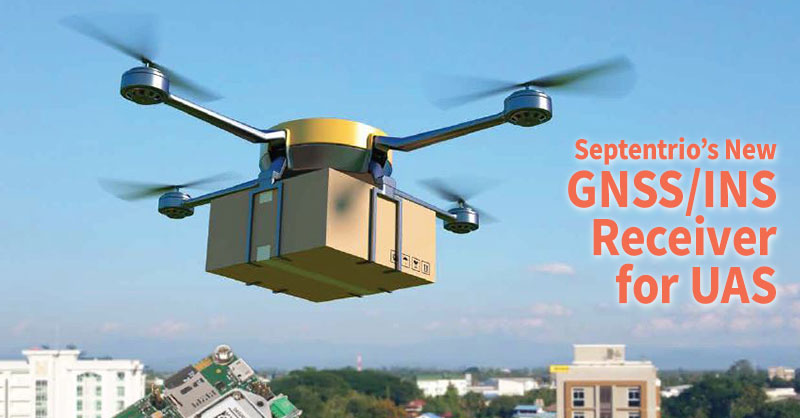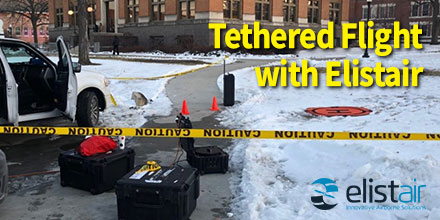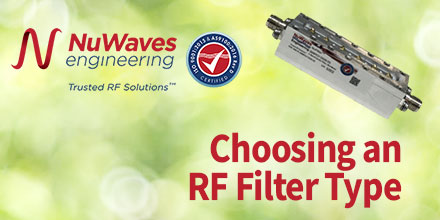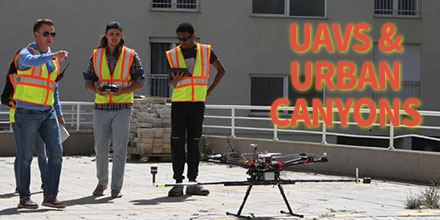Choosing an RF Filter Type for your application could be crucial to the system's performance. But why is RF filtering so important?
Filters reduce the interference in the environment that affects the performance of the communication system. Plus, filters also reduce the interference caused by the communication system.
Once you have identified the system level need for a filter, it’s now time to determine which filter response type will accommodate your other system level requirements.
At NuWaves, the most commonly utilized response types are the Chebyshev, Bessel-Thomson and Butterworth.
The first step is to thoroughly review a customers' specifications and requirements. After this, the team can choose the proper filter.
Below is a quick overview of these filter response types and their implications on the overall system performance.
Chebyshev
The most common filter response used to fill customer requirements is the Chebyshev filter.
It is the right choice for applications the require high out-of-band rejections. It is also great for those that require stop-band rejections close in to the passband corner.
This response type provides for steeper roll-off (attenuation) to stop-band frequencies. The draw back is that it can create large variation in group delay flatness.
Bessel-Thomson
Another filter type is the Bessel-Thomson filter.
This filter type provides for the maximum group and phase delay flatness, allowing the filter to preserve the input waveform shape.
For a given percentage bandwidth and order, this type provides for the lowest attenuation in the stop-band.
The drawback to the Bessel-Thomson filter type is that is does not preserve amplitude flatness.
Butterworth
The Butterworth response type is another common approach to ensure that the filter will integrate properly into the higher-level system requirements.
This filter type, when compared to Chebyshev, provides for better group delay flatness, overshoot, and lower (or absent) passband ripple.
The drawback to a Butterworth filter is that it has a much slower roll-off to the stop-band. And, it can require a higher order filter to achieve a desired attenuation at the stop-band frequency.
Choosing an RF Filter Type
Selecting the correct filter type is important to the overall system performance.
Understanding the impacts to the overall system requirements -- including the requirements of a given waveform -- are important. Choosing the right filter response type will result in higher integration success.
If your UAS communication system is not meeting the expected performance, consider adding filters to your design.
Filters are easy additions to the system: filters can be small and lightweight, do not require electrical power to function, and are generally low-cost items. Filtering can make a significant difference in the performance of your UAS.
About NuWaves
NuWaves Engineering developed a wide variety of off-the-shelf RF amplifiers with rich features to support mission-critical CONOPS in telemetry, ISR, and tactical communication systems applications. Frequency ranges are available from UHF through C-band with output power levels ranging from 5 to 50 W.
All NuPower PAs are designed, built, and tested in-house under NuWaves’ Quality Management System (QMS) certified to AS9100:2016 and ISO 9001-2015 standards, which ensures that each product arrives on-time and defect-free. Most models are in-stock.
Learn more about NuWaves' product line at Unmanned Systems Source.
